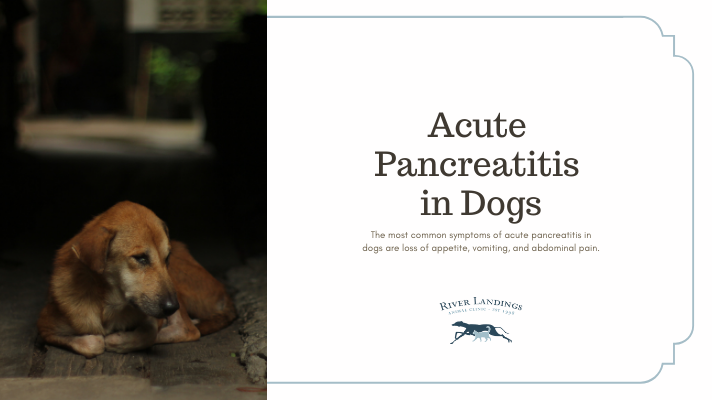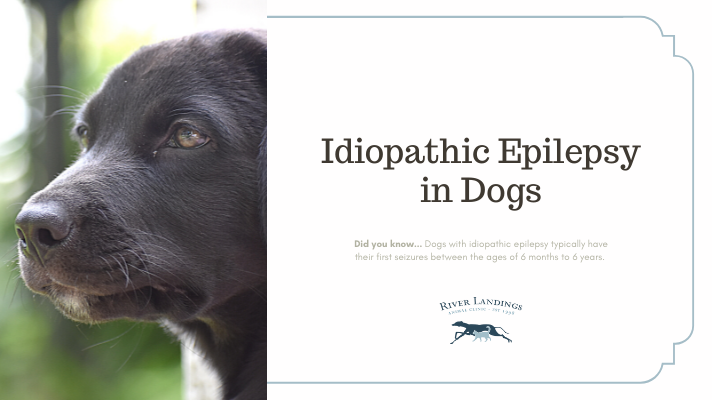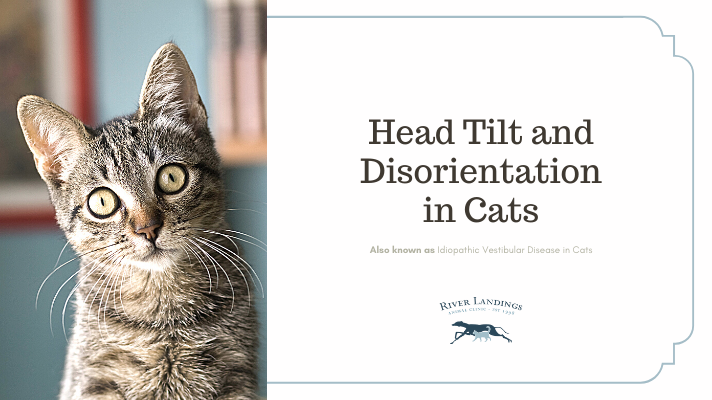Overview and Risk
Inflammatory bowel disease (IBD) is a condition that results when your cat’s immune system turns against the lining of their gastrointestinal (GI) tract, resulting in impaired absorption of nutrients and the ability to digest food properly. This wreaks havoc on your cat’s entire GI tract resulting in vomiting, diarrhea, and weight loss. IBD is one of the most common causes of persistent vomiting and diarrhea in cats. Unfortunately, the cause of this debilitating disease is unknown. It is seen most often is a problem in middle-aged or older cats though younger cats may be affected as well.
Symptoms
Any cat owner knows that vomiting and diarrhea occasionally happen. After all, what fun would owning a cat be without a few hairballs? With IBD, however, the vomiting and/or diarrhea become chronic, occurring regularly rather than occasionally. Cats with IBD don’t necessarily act sick, other than displaying GI symptoms.
If your pet has IBD, you may notice the following:
Diarrhea
Blood or mucus in stool
Black, tarry stool (melena)
Gas
Straining to defecate
Weight loss
Increased or decreased appetite
Lethargy
Vomiting
Accidents outside the litter pan
Diagnosis
Diagnosing IBD begins with a thorough physical examination and tests to rule out other possible causes of the diarrhea and/or vomiting. These tests may include the following:
Chemistry tests to evaluate kidney, liver, and pancreatic function as well as sugar levels
A complete blood count (CBC) to assess for infection, anemia, and other problems
Electrolyte tests to ensure your cat is neither dehydrated nor suffering from an electrolyte imbalance
X-rays of the abdomen to rule out GI obstruction, foreign body or masses
An ultrasound to evaluate the integrity of your cat’s digestive tract, pancreas, and other organs
Specific tests to rule out viral infections such as feline leukemia or feline immunodeficiency virus
Fecal tests to identify potential fecal parasites
Special fecal tests, such as cultures and polymerase chain reaction (PCR) testing
Intestinal biopsy using endoscopy, laparoscopy, or surgery to allow definitive diagnosis
Treatment
Upon diagnosing IBD in your cat, your veterinarian may recommend medications that will treat your pet's symptoms. These may include:
Dietary modification to decrease antigenic stimulation of the GI tract
Deworming to treat undetected intestinal parasite
Antibiotics to treat overgrowth of bacteria
Corticosteroids to minimize inflammation
Others – probiotics, vitamin B12, antiemetic’s, additional medication to suppress the immune system
When treating IBD, it is very important to administer all medications prescribed by your veterinarian, as well as to follow any dietary guidelines he or she suggests.
Prevention
Unfortunately, there are no preventive measures that will protect your cat from inflammatory bowel disease.
If you have any questions or concerns, you should always visit or call your veterinarian – they are your best resource to ensure the health and well-being of your pets.
Hear From Us Again
Don't forget to subscribe to our email newsletter for more recipes, articles, and clinic updates delivered straight to your e-mail inbox.
Related Categories:





